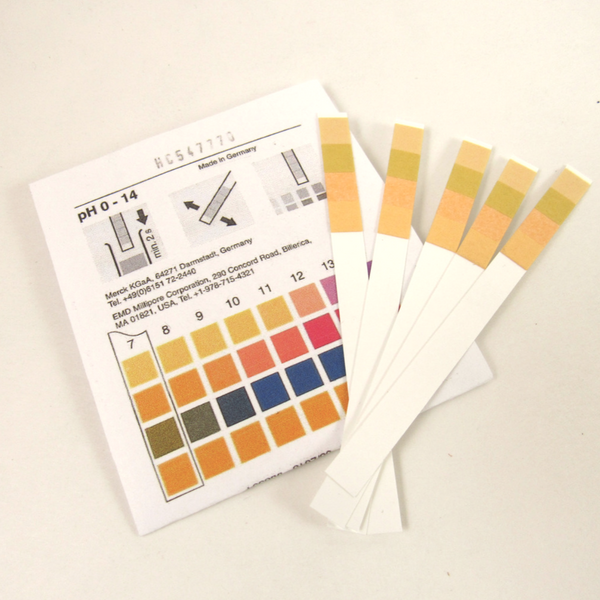This week: What’s all this pH talk with indigo vats and cruelty free color for yarn
Every week, we are emailed with questions from our natural dye community asking simple and complex questions that we thought might be worth sharing. Of course, all of your burning questions are answered by natural dyer in chief, Kathy Hattori, Founder of Botanical Colors.
We are in a project to make Merino yarn with an organic and cruelty free certification. We are looking for natural dyes that are organic, eco-friendly and animal cruelty free. Can you help?
The use and production of natural dyes creates biodegradeable by-products that are recycled into compost and fertilizer. In some cases, the waste products from dye production are made into another product for decorative colors. If you want to work with only plant-based dyes, then you would probably want to avoid using both cochineal and lac, which are insect dyes.
I keep seeing everyone talking about the pH of their vats and I feel like it’s time for me to figure out what it means to have a “balanced” vat. How do you create a vat to have the perfect pH?
The indigo vat is dependent upon a moderately high pH level between 10 and 11.5 for cellulose fibers. This pH level is moderated by calcium hydroxide. If your pH is too low, the chemical reaction in your vat will not be efficient and may affect the color. To raise pH, add a small amount of calcium hydroxide to the vat, stir and wait for the vat to balance. If the pH is too high, add a mild acid such as distilled white vinegar. Measure pH with our pH indicator strips.

